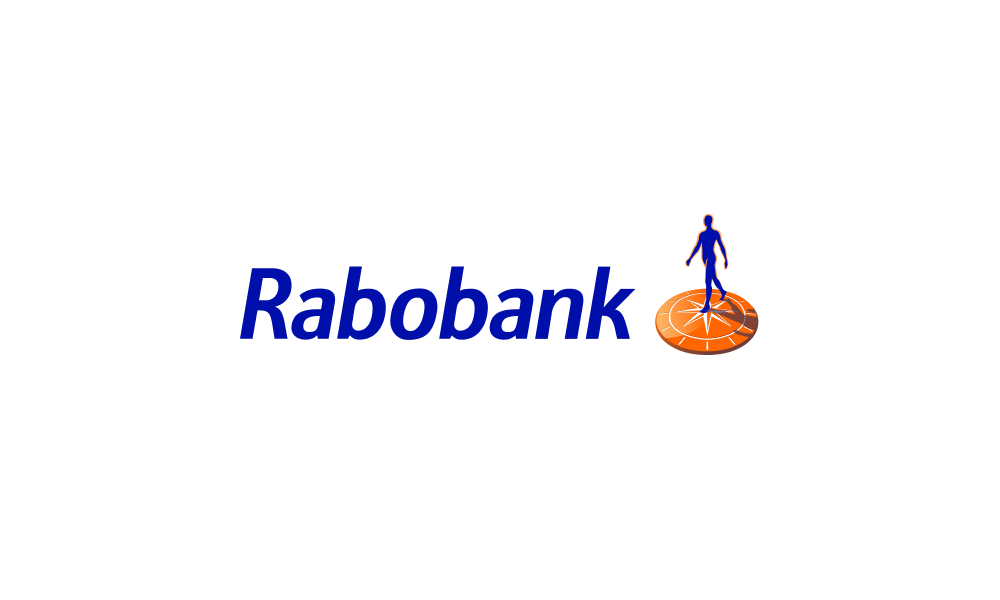2023-05-23

The Pressure Is On: New Zealand Dairy Seasonal Outlook 2023/24 Featured
Global dairy commodity markets experienced a significant shift compared to the previous year. In 2022, limited supplies and high demand had driven dairy commodity prices to record or near-record highs, influenced by factors such as Chinese import demand and supply chain issues. However, the situation has changed with a return to growth in milk supply across most export regions, sluggish Chinese import volumes, and demand rationing in various dairy markets due to inflation and higher prices. As a result, whole milk powder and skim milk powder prices have dropped by 30% to 40% since the peak in 2022, reaching or falling below the average price of the past five years.
The decline in dairy commodity prices has impacted milk prices in export regions, particularly in New Zealand, which often leads the price cycles. Dairy farm businesses, which enjoyed near-record or record prices in 2022, are now facing lower farmgate milk prices in 2023, aligning with global commodity market trends. The near-term outlook for the global dairy market suggests continued stress due to increasing milk production in export regions and subdued Chinese interest in the second half of 2023. However, there are optimistic signs of commodity prices bouncing along the bottom, and it is expected that meaningful Chinese purchases, along with improved demand from other regions, will lift global markets later in 2023.
China's dairy market is undergoing a rebalance, with slowing production growth, signs of recovery in demand, and the depletion of local inventories. China's aim to achieve 41 million tonnes of milk production by 2025 is anticipated to be reached in 2023, resulting in a slowdown in the country's appetite for dairy cattle imports. The export market for dairy cattle to China will undergo a significant change in 2023, as New Zealand has ceased sea freight exports, impacting Chinese buyers. The forecast for the upcoming season suggests an opening farmgate milk price of around NZD 8.20/kgMS. However, margin pressure will continue to be a challenge for dairy farmers, especially considering the potential uncertainties brought about by global economic integration and geopolitical shifts.
While three scenarios are outlined, including a global recession, central bank policies, and conflicts with China, their specific outcomes cannot be predicted. These scenarios may have varying impacts on dairy demand, commodity prices, and global trade, urging New Zealand dairy producers to consider the changing dynamics, reassess trade relationships, and diversify their product mix and customers in response to the evolving global trade architecture.